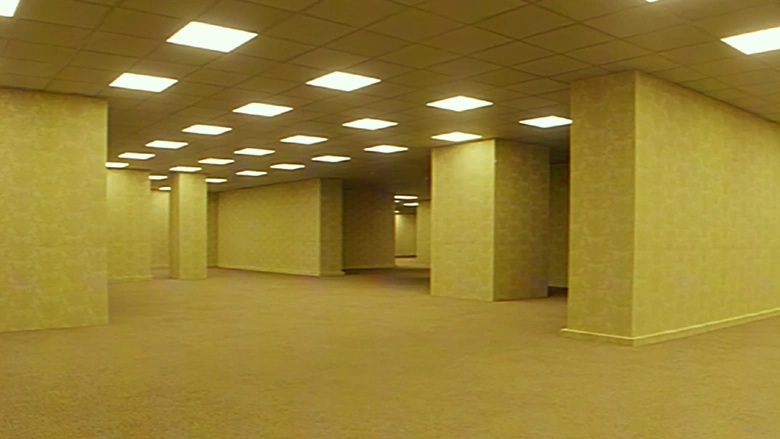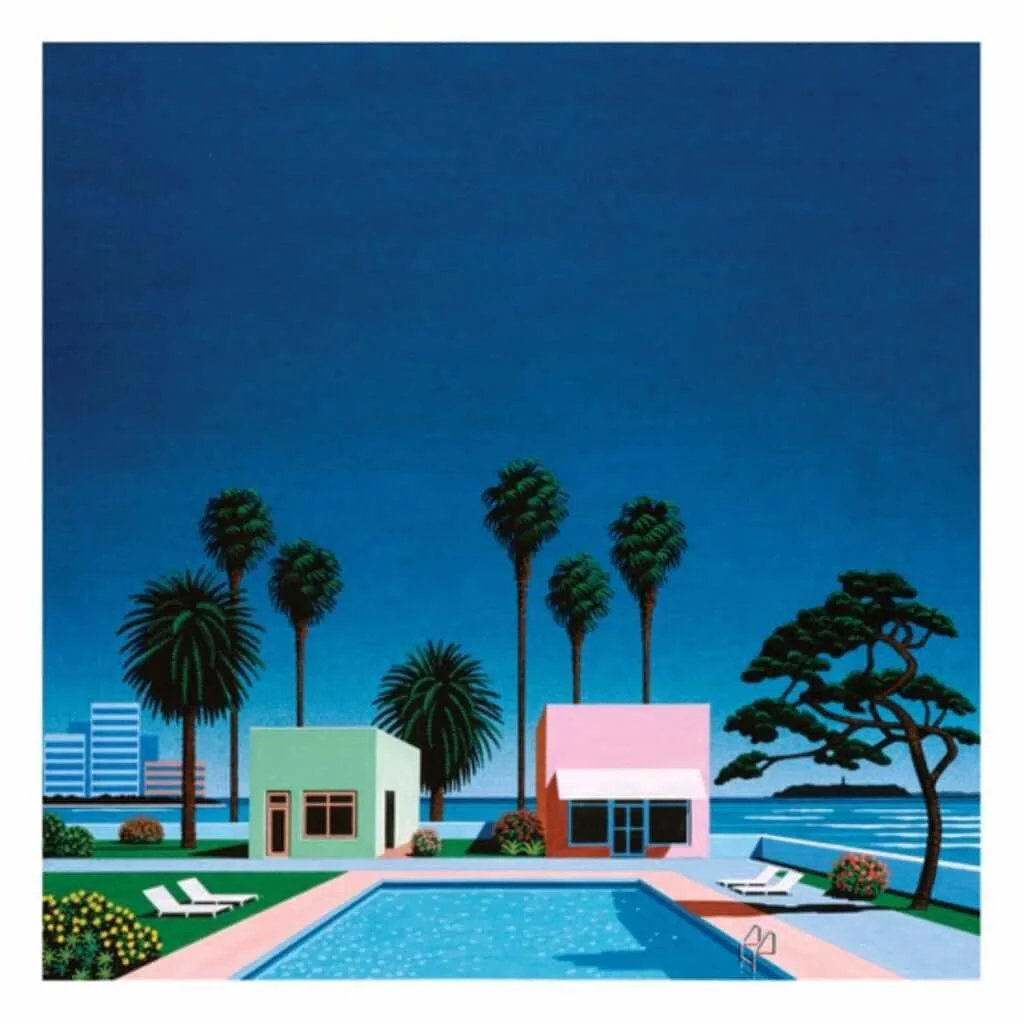DA2 '24 - Reading Blog #2
- Solus Thompson
- Dec 19, 2024
- 4 min read
For this assignment, I watched two video essays on liminal spaces, linked at the end of this post. The first is titled The Eerie Art of Liminal Spaces by Daniel Ang, and the second is titled Strange but Familiar Places: A Critical Analysis of Liminal Spaces by Farrell McGuire. By engaging with these videos, I wanted to try to poke at how liminal art fits into digital art on a wider scale, and to better understand some of the deeper roots of where this style of art comes from.
Both videos begin with trying to define what counts as a liminal space beyond just "vibes". The original definition of a liminal space that was often thrown around within the community at the start of the movement was a place of transition, like a road or hallway. These are places that are only meant to transfer us from one destination to another, rather than to be destinations in and of themselves. Supposedly, this is what makes it so unsettling to view these places head on without distraction--we are suddenly forced to look at something that is usually glossed over, making us realize how unfamiliar certain aspects of it truly are.
However, a simple google search will show you many images of places that people consider to be liminal that are not hallways, roads, or anything else like a transitional space. The liminal spaces of today also include public pools, playhouses, arcades, store interiors, restaurants, and even the interiors of personal homes. In Eerie Art, Ang mentions the word "kenopsia", which describes "the eerie, forlorn atmosphere of a place that's usually bustling with people but is now abandoned and quiet" (Eerie Art, 3:15). Ang suggests that this concept is now the driving force behind the liminal art we see being made today. This makes sense considering that liminal art had its pop culture boom in 2020 at the height of the pandemic, a time when many once bustling places were suddenly devoid of human life.
In Strange but Familiar Places, McGuire also adds that liminal spaces often draw on nostalgic imagery, playing with how being reminded of our childhood, a time of great uncertainty and transition that is rarely clearly remembered, can summon a wealth of mixed emotions. I personally believe this element is what most often causes liminal art to cause both a sense of unease and comfort in the viewer. However, this means that liminal art often expects the viewer to have come from a certain cultural context, like being of a certain nationality or having grown up in a specific time period. McGuire shows a fascinating example of a youtube video showcasing liminal spaces curated specifically for Polish viewers, and how many in the comments said that those images were far more effective for them than more mainstream liminal art, which is typically aimed at a young American audience.
Liminal spaces fit into digital art in a variety of ways. Well known artists in the genre like Kane Pixels and Jared Pike create images and videos using 3D renders of these surreal places. Photography is also still very popular in the genre, with many reddit users on r/LiminalSpace showing off what can be done with only a cheap camera and some decent photoshop skills. However, liminal art can be traced into physical art history as well. Ang goes through some of the works of artists like Edward Hopper and Hiroshi Nagai, painters that drew on surreal imagery to create scenes that often portray a feeling of isolation and detachment from the world, not unlike the liminal spaces of today.
McGuire also draws liminal art back to physical art trends by talking about surrealism and dadaism in the early 20th century, a movement which was "a revolt against the rationalism and reason that ruled not just Western aestetics, but also the capitalist machine that was and is industrial society" (Strange but Familiar Places, 17:18). One fact I found quite fascinating is that Duchamp's Fountain is strongly associated with this particular movement. However, aren't liminal spaces just another manifestation of this idea? By using surreal imagery and twisted familiarity, liminal art often feels like it is working against how clean and well-ordered the world tries to be, showing cracks in the pavement that would otherwise be quickly dismissed. On the other end of the spectrum, there is also a lot of liminal art that feels too clean, using sterilization to create its unnatural, uninhabitable environments.
All in all, I think that liminal art shows a very interesting intersection between movements that have deep roots in physical art, like surrealism, and more modern techniques developed by digital artists. I'm glad that the videos I watched were able to deepen my understanding of the genre's beginnings and inspirations, and to also give me better ways to describe the ways it makes me feel. As fads like The Backrooms start to die down in mainstream media, there are still plenty of artists out there exploring the true potential of these environments and what they represent, and I for one could not be more excited to see where we may find ourselves next.
Link to The Eerie Art of Liminal Spaces: https://www.youtube.com/watch?v=AwJKoefU2tg
Link to Strange but Familiar Places: A Critical Analysis of Liminal Spaces: https://www.youtube.com/watch?v=0H-8zkqmI0I







Comments